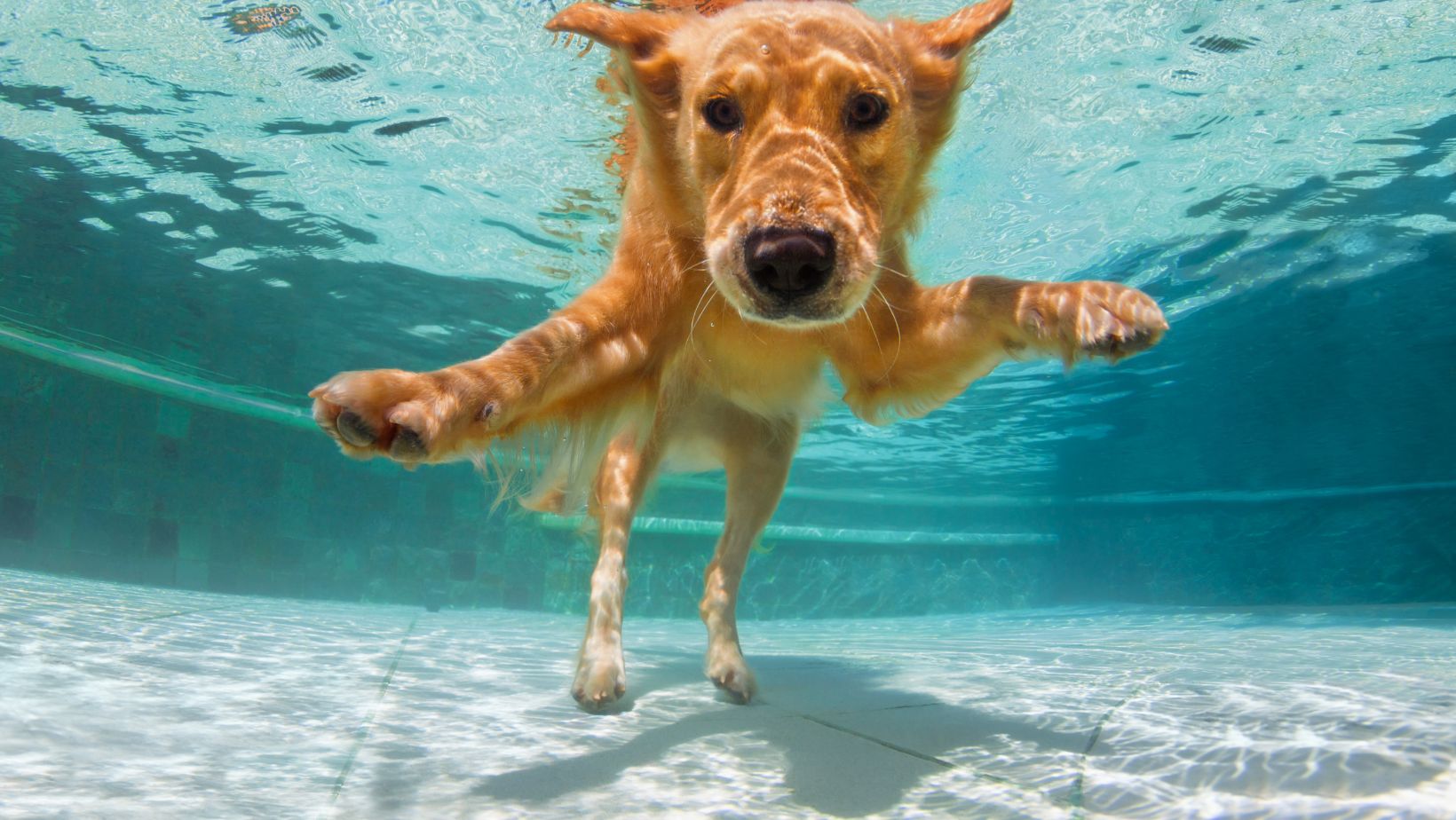How to Train a Deaf Puppy at Home
Training a deaf puppy at home can seem like a daunting task, but with the right approach and techniques, it can be a rewarding experience for both you and your furry friend. When it comes to training a deaf puppy, consistency and visual cues are key.
Firstly, it’s important to establish a strong bond with your deaf puppy through positive reinforcement. Use treats, toys, or gestures as rewards when they respond correctly to commands. Start with basic commands such as sit, stay, and come, using hand signals that are easily distinguishable.
Another crucial aspect of training a deaf puppy is incorporating visual cues into their routine. Use clear and exaggerated hand signals that correspond to different commands. For example, raising your hand palm-up for “sit” or pointing towards the ground for “lie down.” Remember to repeat these signals consistently so that your labrador puppy can associate them with specific actions.
In addition to hand signals, pairing them with verbal cues can also be beneficial in certain situations where there may be limited visibility or distance between you and your pup. Create unique vibrations or stomping sounds on the floor that they can feel if they’re nearby.
By utilising consistent positive reinforcement, visual cues, and incorporating other sensory stimuli like vibrations or stomping sounds when necessary, you’ll be able to effectively train your deaf labrador puppy at home. With patience and dedication, you’ll witness their progress as they become well-behaved companions who understand your commands despite their hearing impairment.
Understanding Deafness in Puppies
Deafness in puppies, especially Labradors, can present unique challenges when it comes to training. In this section, I’ll provide you with a deeper understanding of deafness in puppies and how it can influence their training needs.
- Causes of Deafness: Deafness in puppies can be caused by genetic factors or certain medical conditions. In the case of Labradors, a condition called congenital sensorineural deafness is more prevalent. This means that the puppy is born deaf due to an inherited gene mutation.
- Identifying Deafness: It’s important to recognize the signs of possible hearing loss in your Labrador puppy early on. Some common indicators include lack of response to sounds, failure to wake up when sleeping soundly, or being startled easily only when visually aware.
- Training Considerations: Training a deaf puppy requires slightly different techniques compared to those used for hearing dogs. Since verbal commands are not effective, visual cues become crucial. Use hand signals and facial expressions consistently when giving commands as these will become their primary means of communication.
- Positive Reinforcement: Positive reinforcement techniques work wonders when training any dog, including deaf puppies. Reward-based methods using treats or toys will help reinforce desired behaviours effectively.
- Visual Signals: Incorporating clear and distinct visual signals into your training sessions is essential for a successful outcome. For example, use specific hand gestures for basic commands like sit, stay, come here etc., which your puppy can easily understand and respond to.
- Vibrational Cues: Deaf puppies may also respond well to vibrational cues such as stomping your foot on the ground or using specialised devices that emit gentle vibrations as a signal for attention or commands.
- Patience and Consistency: Training a deaf puppy takes time and patience; consistency is key throughout the process. Establish a routine and stick to it, reinforcing desired behaviours consistently while avoiding punishment-based methods.
Remember, training a deaf puppy requires adaptability and understanding. With the right techniques, patience, and consistency, you can effectively train your Labrador puppy at home despite their hearing impairment. In the next section, we’ll delve into practical training tips for your deaf pup.
